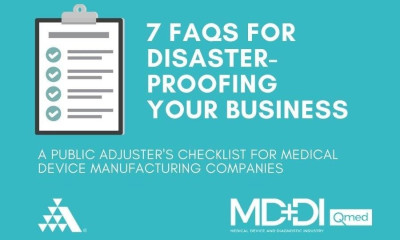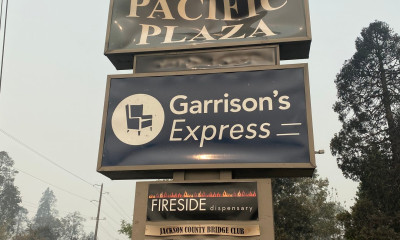Multi-Unit Housing
The COVID-19 pandemic may (or may not) be over, but it will have a lasting impact on the already complicated job of managing multi-unit residential properties.
An edition of Adjusting Today describes how the distinctive demands on residential communities during the pandemic compounded the challenges that landlords and association boards already face in allocating responsibility for property and liability losses.
While most enterprises could close down or curtail their operations to reduce exposure to the coronavirus, residential communities had to manage their exposure while residents were spending more time on site.
Whether it was landlords managing rental units or associations managing the common property of unit-owners, those in charge of multi-unit housing communities found themselves forced to fund ongoing operations at a time when rental or assessment revenue was depressed due to economic conditions.
At the same time, managers had to implement and enforce guidelines for protecting the health and residents, even when it meant regulating the conduct of residents on premises and depriving them of the use of amenities included within their leases or assessments.
Property Exposure
The Adjusting Today article describes in detail how anyone involved in owning, renting, using, or managing a unit in a multi-unit housing facility is well-advised to understand exactly who owns what property under the terms of leases or association agreements, and whether those terms assign any responsibility for insuring that property.
Landlords typically own all of their buildings’ structures and fixtures, as well as large appliances in rental dwellings; tenants usually own only their movable personal property. That’s not always the case however.
If a tenant owns the major appliances or is allowed an ownership interest in any improvements to a unit, the tenant will want to ensure that it has a renter’s policy with a sufficient property limit to replace the renter’s property in the event it is damage or destroyed. If a tenant’s property includes any structural improvements or fixtures (which is rare), the tenant will want building property coverage (typically not provided under a renter’s policy) added to its policy by endorsement.
In condominium and co-operative housing arrangements, ownership interests and insurance responsibilities are laid out in association by-laws. Among other things, these by-laws establish whether and to what extent a unit-owner or the association owns building fixtures (e.g., plumbing) within living units, and whether insurance for damage to such fixtures is expected to be provided under an association’s commercial property policy or a resident’s unit-owners policy.
In managing this exposure, the parties also need to determine if the causes of loss (“perils,” e.g., fire, wind, water, etc.) insured against under the association and unit-owners policies coincide.
Liability Exposure
The more people you bring together in one location, the more exposure you will have for liability for bodily injury to someone or damage to their property. This applies to residents as well as managers of multi-unit housing facilities.
An individual tenant can be held liable for injury to guests and other tenants. This can include illness spread by negligent behavior during public health emergencies. Also, depending on circumstances, a tenant can be liable for damage to the common property of the association or rental community, and for damage to the property of individuals.
For these reasons, unit-owners in condominium communities are generally required to have personal liability coverage included in their unit-owner’s policies. These liability exposures are also a reason why a growing number of landlords are requiring rental tenants to have renters’ insurance policies that include coverage for bodily injury and property damage liability.
As for landlords and condo associations, they rely on commercial general liability policies that cover their legal liability for damage or injury to residents, guests, and others. Those policies include coverage for claims of personal injury (such as invasion of privacy, false arrest, or wrongful release of private information), important coverage for those in the business of managing relations among multiple residents.
These considerations and more are discussed in detail in this edition of Adjusting Today, accompanied by several detailed tables for identifying important risk factors and insurance provisions.











